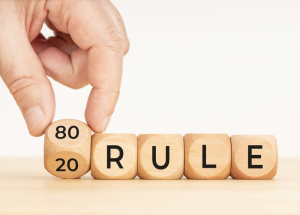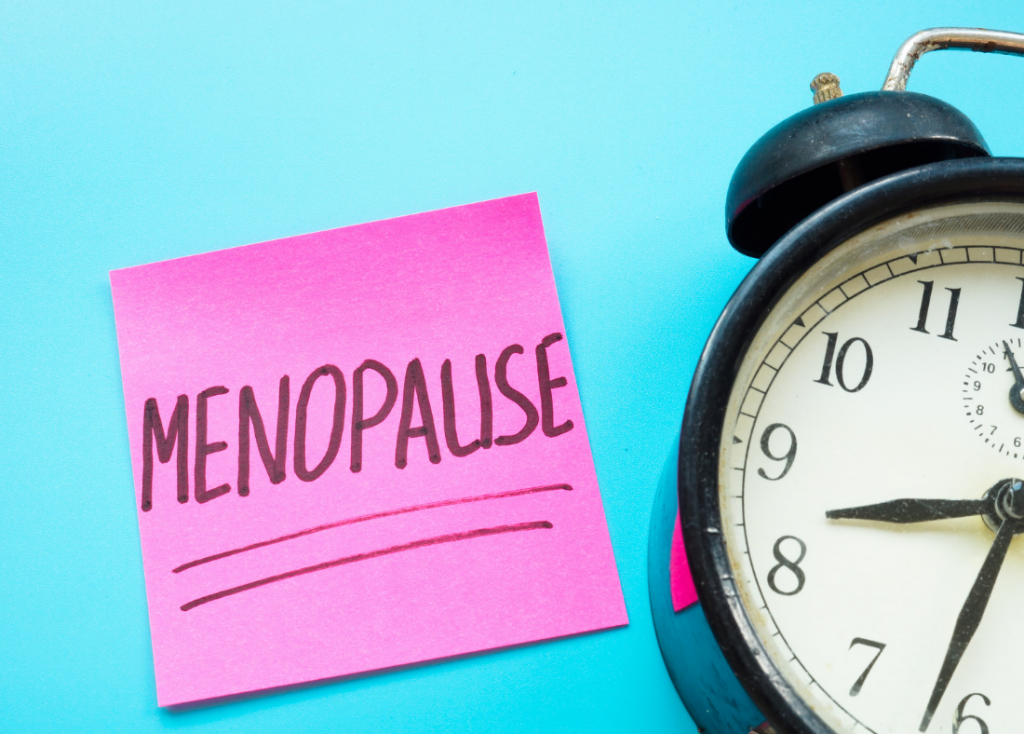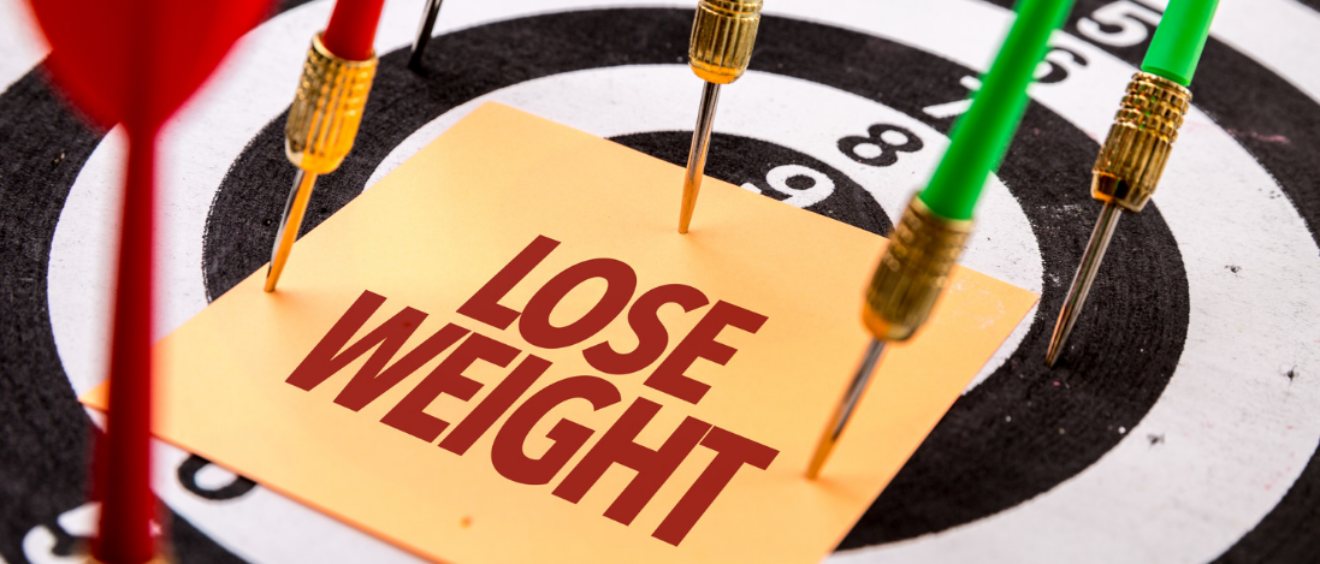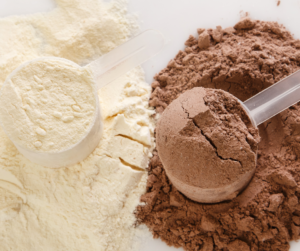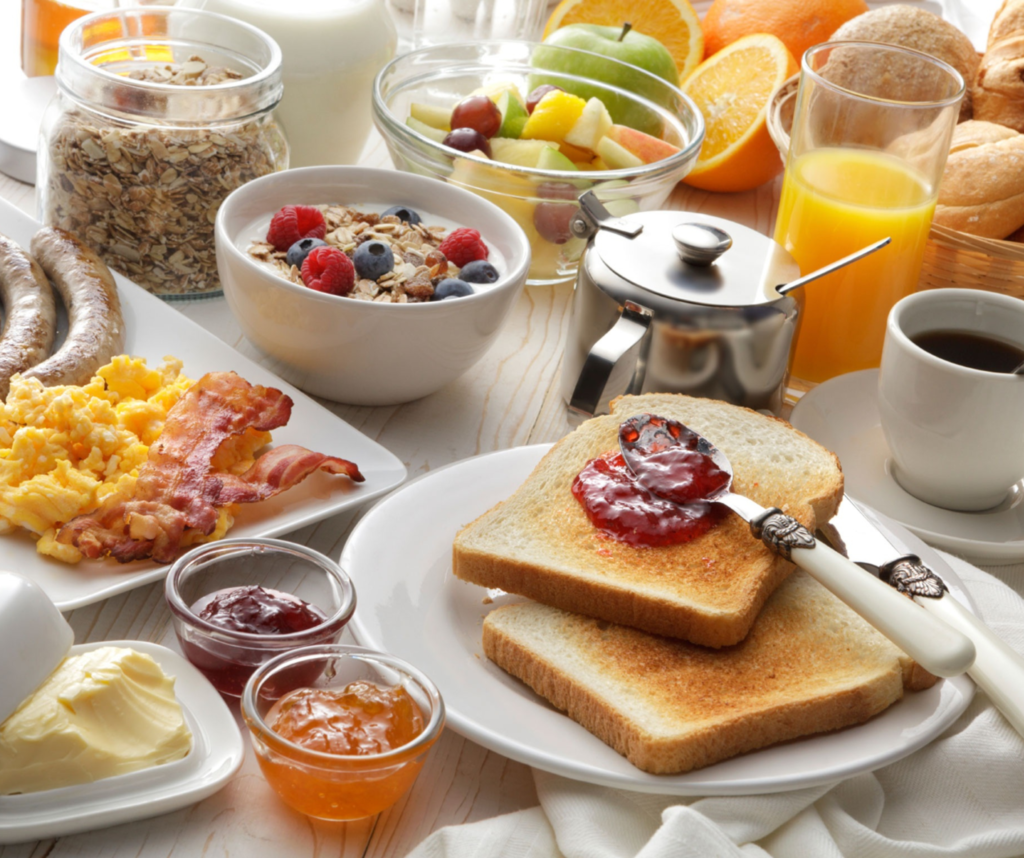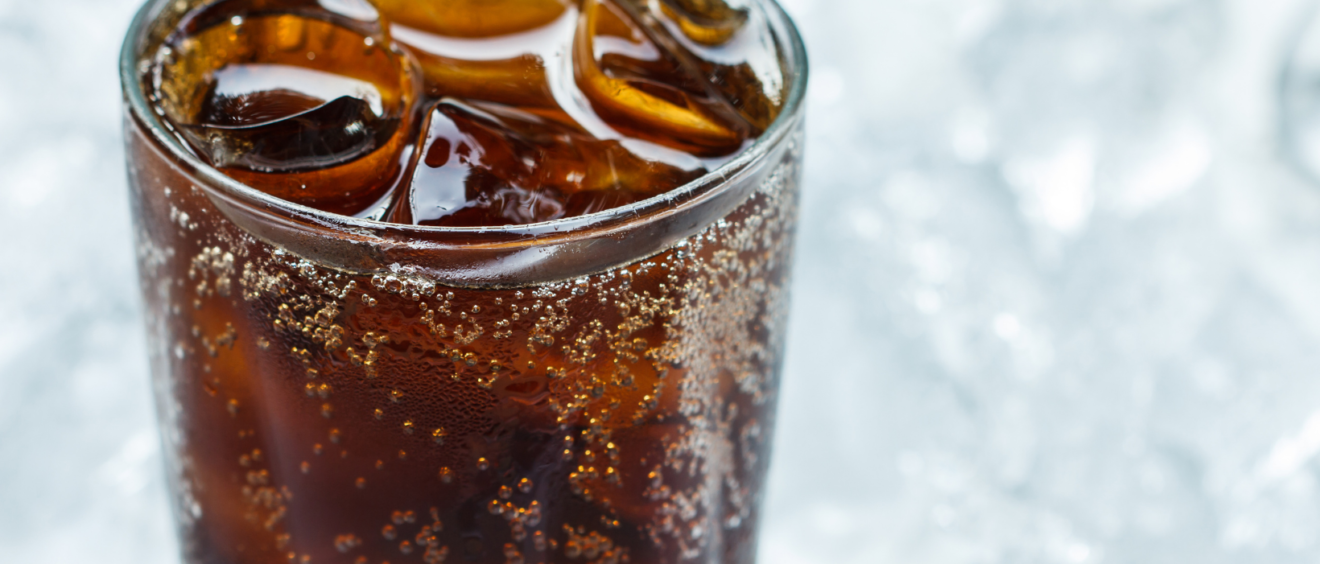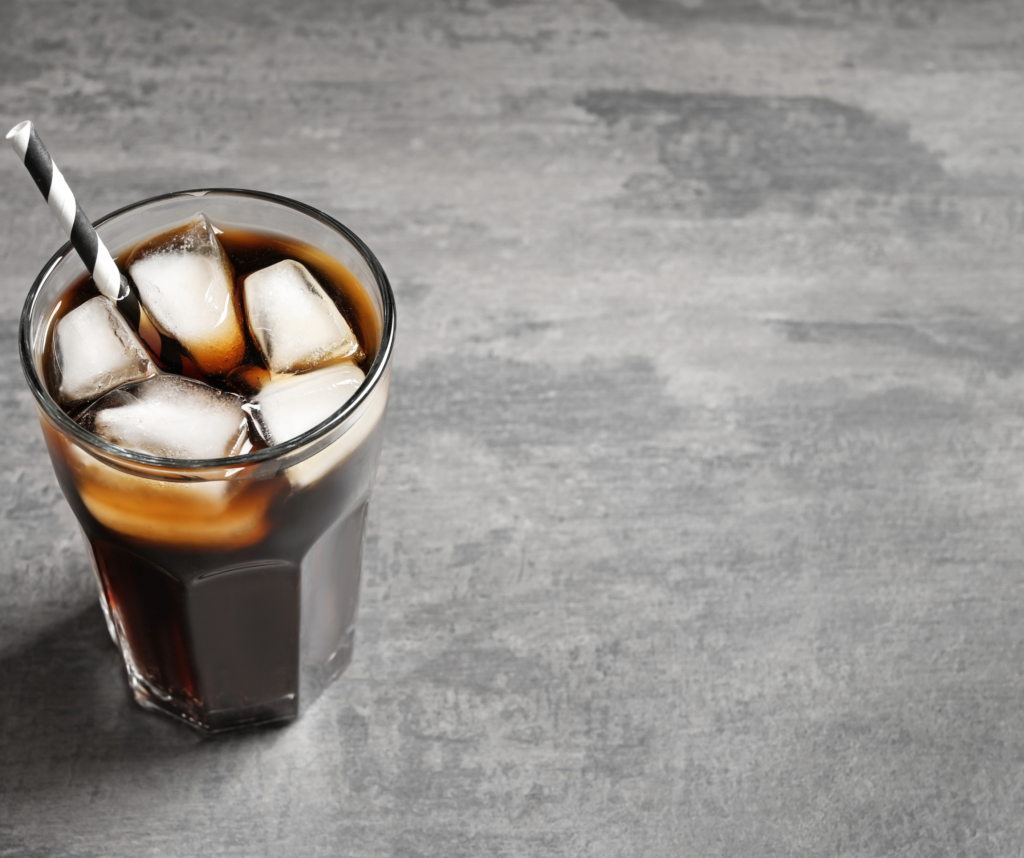Carbs (carbohydrates) are everywhere, not just in ‘evil’ bread, rice or pasta but they are also found in most things including nuts, seeds, vegetables, fruit, dairy, lollies, and soft drinks. Often when people are making a conscious choice to lose weight, they immediately cut carbohydrates from their diet, thinking that carbs are the reason they have gained weight. This is not true!
Carbs are an essential macronutrient. They provide us with fuel in the form of glucose, which is used by the body and brain for energy. The body can produce and use Ketones when glucose is not available (Keto diets) and are made from fat stores and certain proteins. However, very high levels of ketones can make the blood acidic and can lead to serious illness. It is also important to know, that when glucose is inadequate the body also creates glucose from certain proteins leading to a breakdown of muscle.
There are two types of carbs: Complex (good) or Simple (Bad)
Complex (good, low GI) carbs require our bodies to work harder to digest, and the energy produced is released over a longer time. They are high in fiber and nutrients, are a low glycemic index food, help you feel full with fewer calories, and naturally stimulates metabolism.
Good Carbs: Vegetables, Whole fruits, whole grains, nuts & seeds, Legumes, and Root vegetables.
Simple (bad, high GI) carbs are digested quickly into our body. Energy is stored as glycogen and if it’s not used immediately gets converted to fat. Bad carbs are generally ‘processed’ food. They’re low in fiber and nutrients, have a high GI, are empty calories converted to fat, high blood glucose levels = feel tired.
Bad Carbs: Sugary drinks, Fruit juices, white bread & white rice, regular pasta, cakes & cookies and other sweet treats, deep fried food and potato chips.
The general problem with carbohydrates is that we overconsume them. It is too easy to put two massive scoops of rice or potato on our plates for our dinners and consume unhealthy sweet “pick-me-up” snacks throughout the day. Carbs should ideally be between 45 – 65% of your daily calories which can equate to around 40g – 75g for each main meal, depending on your body weight and energy needs. Vegetables are technically a carbohydrate. However, vegetables contain a huge amount of water content, so can be very full, with very few calories. Plus the vitamins, mineral, and fibre = bonus!
Overall it is best to consume more complex, slower-burning carbs in our diets. These are not only better in terms of nutrients but will also keep you fuller for longer and prevent overeating. Cutting down on simple carbs is recommended as they spike blood sugar levels, which does not sustain our hunger and energy levels for very long. Remember that life is about balance, as long as you are good 80% of the time, you can enjoy the odd treat now and again.
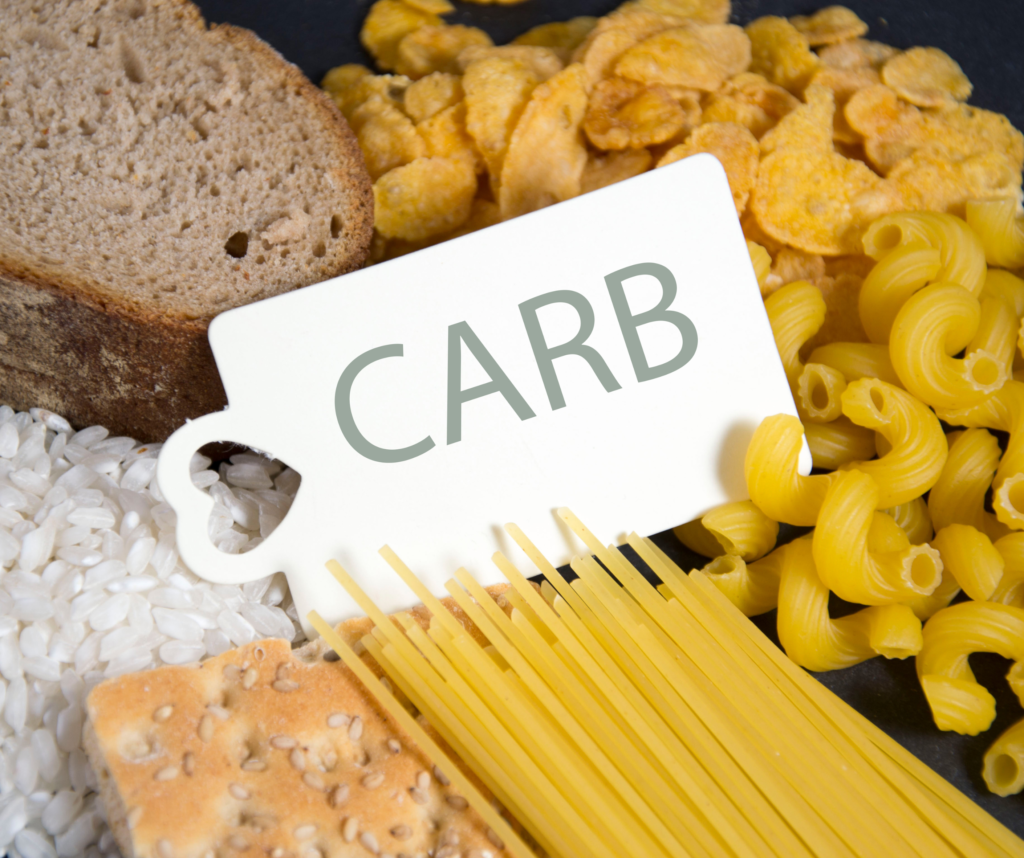
“Fitness HQ for Women mission is to provide women of all walks of life an environment where they can feel empowered to live a healthier lifestyle. We provide over 20 Group Fitness classes, personal training and a 24-hour main gym.”
